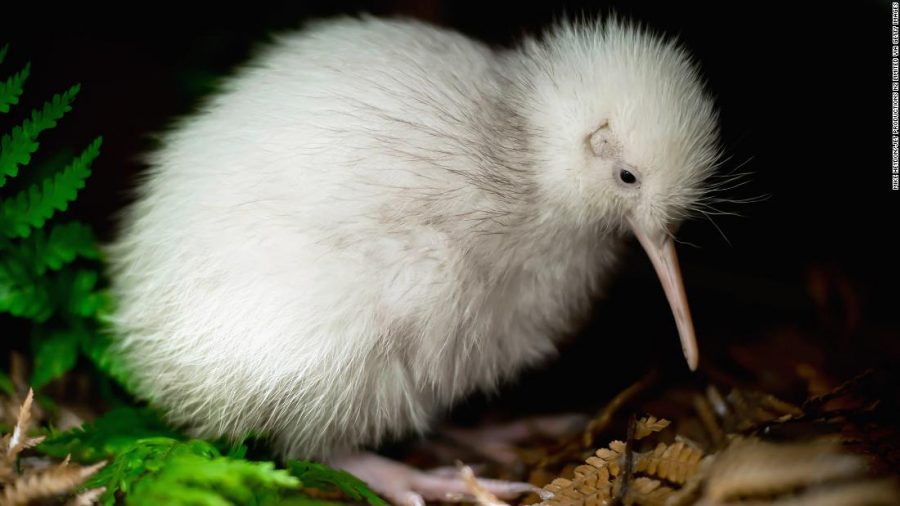Tragically, Manukura, the white Kiwi bird, dies in surgery
WELLINGTON, NEW ZEALAND – JUNE 1: In this handout photo provided by the Pukaha Mt Bruce National Wildlife Centre, a rare white kiwi chick is seen in an outdoor enclosure in the forest reserve at the National Wildlife Centre on June 1, 2011 in Wellington, New Zealand. The all-white kiwi, named ‘Manukura’ is suspected to be the first white chick born in captivity. The chick is the thirteenth of fourteen baby kiwis hatched at the wildlife centre this season. (Photo by Mike Heydon/Jet Productions NZ Limited via Getty Images)
Kiwis are unique flightless birds that call New Zealand their home. Around the size of an average chicken, Kiwis have been affected very poorly by deforestation in their native country which puts them on the New Zealand “vulnerable” list. Many national parks and reserves are becoming more and more protected to keep the kiwis safe.
In 2011 a rare kiwi was born. Instead of having brown feathers it was born with white feathers. This bird gained publicity fast and soon was named Manukura which means “of chiefly status” in the native language of Maori.
Manukura was white due to a rare genetic disorder called Leucism. This was seen as a blessing according to the Wairarapa tribe. Manukura became a symbol of the community and the people of New Zealand Conservation became very proud to have such a rare bird.
For many years Manukura was identified as a male, so vets were surprised when they found unfertilized eggs in the bird and they began surgery to try and remove the eggs. People saw this as another wonderful surprise from this special bird.
This is a common practice with kiwis because many of them become unfertile and can’t lay their eggs. Since their existence is threatened, the New Zealand conservation does this during breeding season every year to keep the population on the rise.
According to NZ Conservation, there are about 68,000 kiwi birds left and around 2% of kiwis are lost every year either to predators or lost eggs. The main threats to kiwis are dogs, cats, ferrets, and stoats (small weasels).
Unfortunately, after a number of surgeries, Manukura sadly passed away, with her health declining in the following weeks. Mankura was part of the NZ’s Convervation’s breeding program for kiwis and lived a healthy 9 years at the Pukaha national wildlife centre at Mt Bruce.

